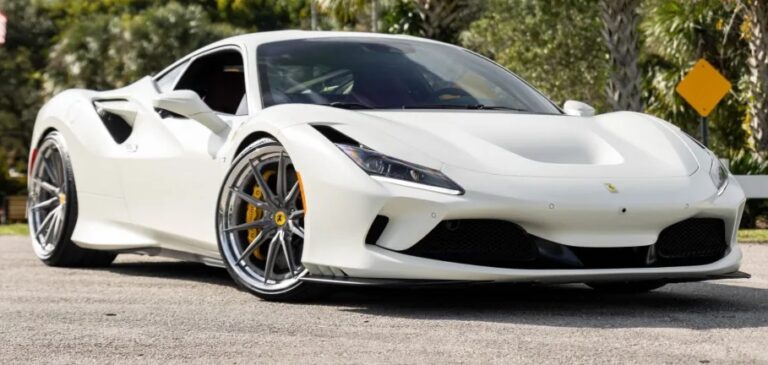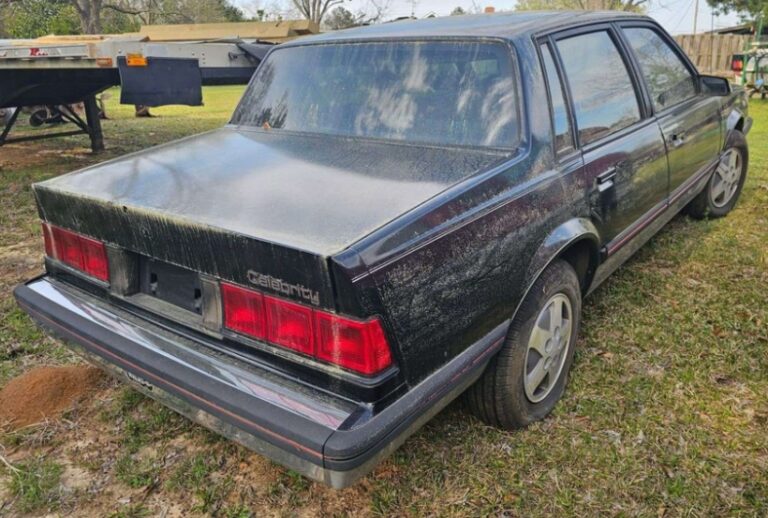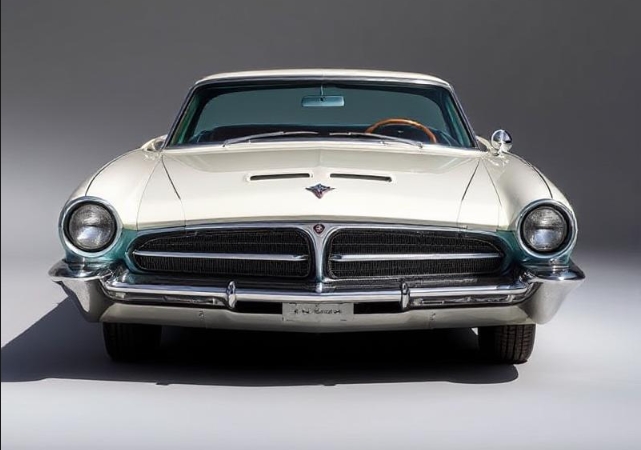The Evolution of the Cadillac Series 62
The Cadillac Series 62 stands as one of the most significant nameplates in American automotive history. Introduced in 1940, it represented a blend of luxury, style, and performance at an accessible price point for the average automobile enthusiast. The Series 62 evolved over the decades, adapting to changing tastes, technological advances, and economic factors, ultimately becoming a symbol of American automotive prowess.
Introduction to the Cadillac Series 62 (1940–1964)
Launched toward the end of the 1930s, the Cadillac Series 62 was designed to offer elegance and luxury without the extravagant price tags typically associated with high-end vehicles. It initially positioned itself as a Cadillac for the masses, appealing to a broader audience. When production began in 1940, the Series 62 was equipped with impressive features, such as a V8 engine, advanced suspension, and elegant body styles, all of which contributed to Cadillac’s reputation as the standard of the world.
1940–1949: The Early Years
The Series 62 made its debut in 1940 with a sleek, streamlined design reminiscent of the Art Deco style that characterized the era. In its first year, it was offered in a range of body styles, including a two-door convertible, a two-door coupe, a four-door sedan, and a four-door convertible. The car utilized Cadillac’s new 346 cubic-inch V8 engine, generating 150 horsepower, providing both performance and smoothness.
The 1941 model saw minor refinements, while the 1942 model year introduced new trim options, such as the Series 6229 for the four-door sedan. However, production halted during World War II from 1942 to 1945. Upon returning in 1946, Cadillac substantially updated the Series 62. The Cadillac post-war revival brought streamlined designs and enhanced luxury features, including power windows, power seats, and upgraded upholstery.
1950–1959: The Era of Tailfins and Innovations
The 1950s marked an exciting period of innovation for automotive design, influenced by the burgeoning post-war economy and technological advancements. The Series 62 embraced this trend with distinctive tailfins, chrome detailing, and elaborate interiors. In 1953, the introduction of the Eldorado sub-series highlighted Cadillac’s commitment to performance and luxury.
Throughout the 1950s, the Series 62 underwent various changes, including the introduction of two-door hardtops and four-door hardtops, often referred to as “pillared sedans.” The most notable developments included:
- 1950: Introduction of the Coupe de Ville, a premium two-door model that would go on to become synonymous with Cadillac luxury.
- 1955: Further refinements in design and the introduction of the two-door hardtop model.
- 1956: Significant styling updates, including a more pronounced tailfin design and an improved V8 engine, now at 365 cubic inches and 285 horsepower.
- 1957: The introduction of the “Variable Ventilation System” allowed for improved climate control, a precursor to many modern amenities.
- 1959: The most iconic year for the Series 62, featuring the largest tailfins and striking rear designs. The engine was upgraded to 390 cubic inches, generating 325 horsepower.
1960–1964: The Changing Landscape
As the 1960s dawned, automotive preferences began to shift toward comfort, spaciousness, and sophistication over excess ornamentation. The Series 62 continued to evolve, and although tailfins remained a characteristic, the design gradually became more subdued. The 1960 model showcased a cleaner, more streamlined silhouette.
Key changes during this time included:
- 1961: Major redesign introduced more pronounced squared lines and larger dimensions, enhancing interior space without compromising luxury.
- 1962: The Series 62 lineup saw a broader range of body styles, including the DeVille and the revolutionary Fleetwood models, which separated it from traditional luxury coupes and sedans.
- 1963: Power steering and brakes became standard, showcasing Cadillac’s dedication to performance and comfort. The models were also equipped with a new 390 cubic-inch engine increasing its output to 325 horsepower.
- 1964: The final year for the Series 62 brought about modern styling and technology. Equipped with a robust 429 cubic-inch engine, the Series 62 maintained its reputation for power and sophistication. By this time, the Series 62 had started to differentiate itself, leading to the split between the Series 62 and the more luxurious DeVille that would continue into the late 1960s.
.
THIS could come in handy for your auto garage (and everywhere else!).

.
Conclusion: The Legacy of the Series 62
The Cadillac Series 62 played a vital role in establishing Cadillac’s reputation for innovation, luxury, and performance. Over its 25 years of production, the Series 62 garnered a wide range of features and offerings, reflecting changing consumer tastes and preferences. Through its various iterations, it cemented Cadillac’s legacy and contributed to the golden age of American automotive design and engineering.
While the Series 62 ceased production in 1964, its spirit lived on, influencing future models. Cadillac pushed further into luxury markets with names like the DeVille, Eldorado, and eventually the CTS and CT6, while maintaining the commitment to luxury and performance.
The enhanced designs and engine technology introduced with the Series 62 set standards in automotive engineering that continue to be echoed in modern luxury vehicles. The Series 62 is more than just a nameplate; it symbolizes an era when American automobiles epitomized style, luxury, and performance, establishing a legacy that remains revered among automotive enthusiasts and collectors to this day. The Cadillac Series 62 is a fine emblem of a bygone era, representing a significant chapter in the history of one of America’s most prestigious automotive brands.







